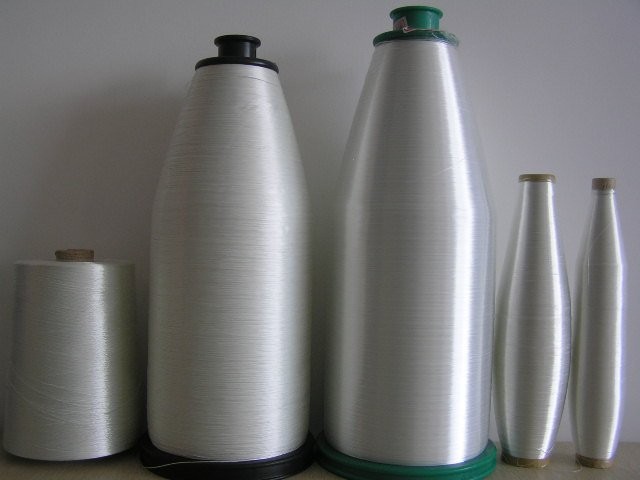Fiberglass is widely used in many industries. The making process of fiberglass can be broken down into five basic steps: batching, melting, fiberization, coating and drying/packaging.

1 Batching
The basic raw materials for fiberglass products are a variety of natural minerals and manufactured chemicals. The major ingredients are silica sand, limestone, and soda ash. Other ingredients may include calcined alumina, borax, feldspar, nepheline syenite, magnesite, and kaolin clay, among others. In the initial stage of glass manufacture, these materials must be carefully weighed in exact quantities and thoroughly mixed (batched).
2 Melting
Once the batch is prepared, it is fed into a furnace for melting. The furnace may be heated by electricity, fossil fuel, or a combination of the two. The molten glass must be kept the temperature at 1370ºC/2500ºF to transfer to forming tool – bushing.
3 Fiberization
Fiberglass formation, or fiberization, involves a combination of extrusion and attenuation. In extrusion, the molten glass passes out of the forehearth through a bushing made of an erosion-resistant platinum/rhodium alloy with very fine orifices, from 200 to as many as 8,000. Bushing plates are heated electronically, and their temperature is precisely controlled to maintain a constant glass viscosity. Water jets cool the filaments as they exit the bushing at roughly 1204ºC/2200ºF.
4 Coating
In the final stage, a chemical coating, or size, is applied, which help to protect the filaments from abrading and breaking as they are collected and wound into forming packages and, later, when they are processed by weavers or other converters into fabrics or other reinforcement forms.
5 Drying/packaging
Finally, the drawn, sized filaments are collected together into a bundle, forming a glass strand composed of 51 to 1,624 filaments. The strand is wound onto a drum into a forming package that resembles a spool of thread. The forming packages, still wet from water cooling and sizing, are then dried in an oven, and afterward they are ready to be palletized and shipped or further processed into chopped fiber, roving or yarn.
The fiberglass can be made into different products for different applications such as fiberglass cloth, chopped strand mat and other fiberglass composites.

